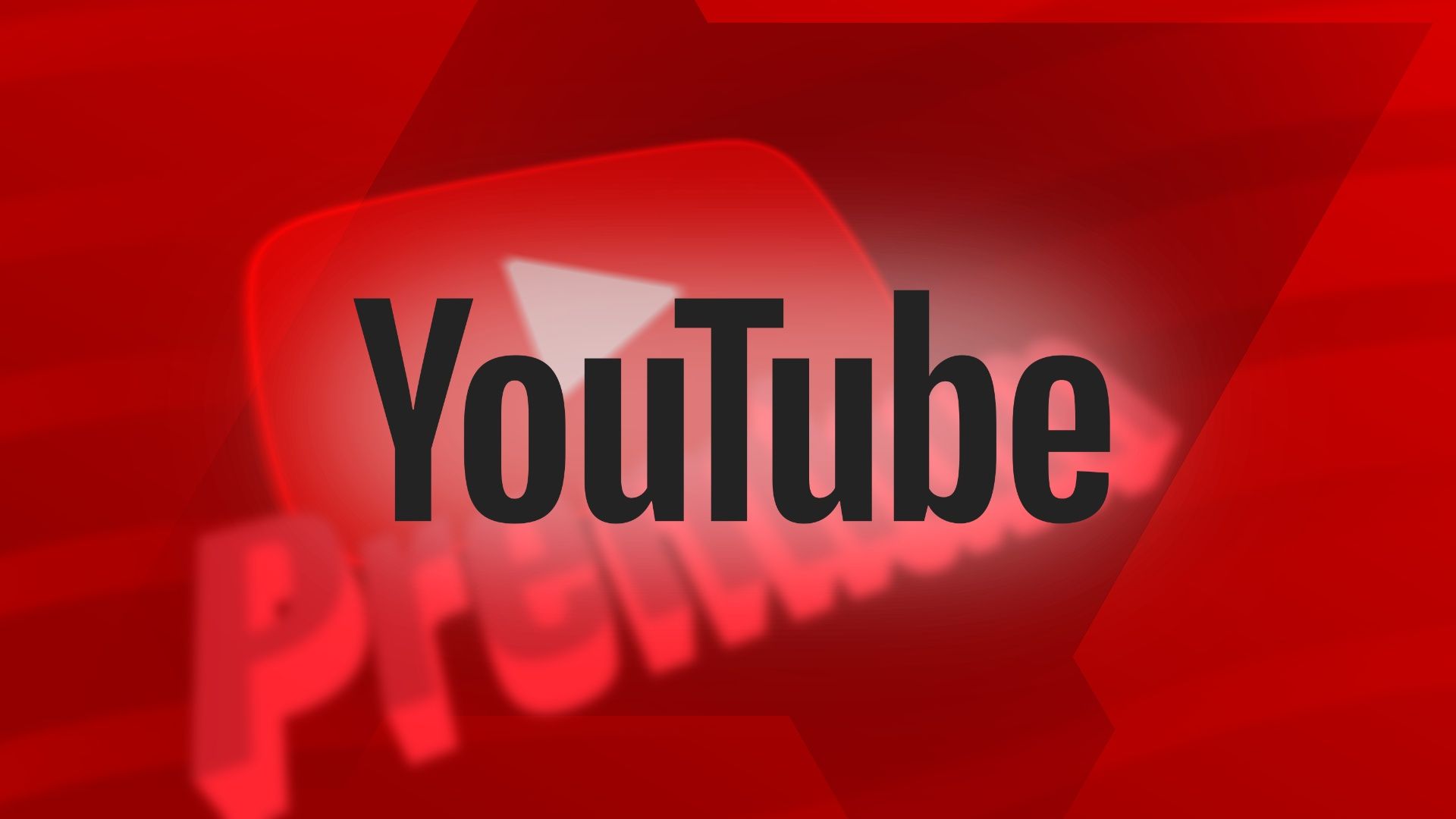Tech
YouTube’s next move might make it virtually impossible to block ads

Summary
- YouTube’s battle against ad blockers has spawned community-led efforts, forcing the tech giant to consider server-side ad injection.
- Newer implementations like ReVanced offer ad blocking through modding the default app, and server ads can cause potential issues with sponsor segment skipping.
- YouTube’s move to server-side ad injection adds complexity in ad delivery, impacting user experience and content delivery speed, among other things.
YouTube has been waging war on ad blockers for years now, and with a reasonable degree of success. The company’s efforts ran YouTube Vanced into the ground in 2022, and has only escalated efforts since then to push free-tier viewers towards Premium subscription plans instead of ad blockers. However, community-led efforts to circumvent these measures have met the hot entertainment app’s actions with comparable vigor, finally forcing the tech giant to stoop low enough to consider server-side ad injection, and the results may be less than desirable all around.
YouTube has now begun skipping videos altogether for users with ad blockers
Users have also reported audio issues while using ad blockers
While YouTube Vanced relied on hijacking the file streams for content uploaded to YouTube and giving users a familiar but ad-free UI for it, newer implementations like ReVanced instead mod the default YouTube app to enable the same Premium features, including ad blocking. That’s helped by an automated and crowdsourced sponsor segment skipping using an additional component aptly named SponsorBlock.
SponsorBlock relies on users spotting sponsor segments in videos and flagging them in a shared repository, so all other users can skip the reported segments. However, Google’s latest attempt at deterring ad blockers might throw a wrench in this seemingly well-oiled operation. A post from the SponsorBlock team on X (formerly Twitter) claims the YouTube team is experimenting with server-side ad injection.
Stooping to a new low
Although reports of this experimental change are few, it should help YouTube developers understand the efficacy and repercussions of this method if it were to be deployed at scale. Feedback across the Firefox and YouTube subreddits highlighted that it could break timestamped video links and chapter markers. However, YouTube knows the length of the ads it would inject, and can offset subsequent timestamps suitably.
The move also adds a layer of unnecessary complexity in saving Premium viewers from these ads. If they are added server-side, the YouTube client would have to auto-skip them for Premium members, but that also means ad segment info will be relayed to the client, opening up a window of opportunity for ad blockers to use the same information meant for Premium subscribers and skip injected ads automatically.
Additional complexity in ad delivery is a necessary evil for a business like YouTube that’s dependent on ads and sponsor revenue, but it also hamstrings the user experience and could also slow down the content delivery. On the other hand, some people still recommend using a VPN and IP address from a country where YouTube ads are prohibited, such as Myanmar, Albania, or Uzbekistan.
While some people tip creators directly for the revenue lost due to their ad blocker usage, YouTube needs to reevaluate how far it will go in attempts to deter such freeloaders eager to avoid giving the platform a dime. After all, passwords, authentication like captchas, and other countermeasures in general, can be circumvented or brute forced with enough time and effort.
However, at some point, the inconvenience outweighs the benefits, and that’s how you deter potential misusers. YouTube is headed down the slippery slope and you shouldn’t care if you’re tolerating ads already or just paying for Premium, but the landscape for people wanting the benefits without paying the big G, is getting rougher.









